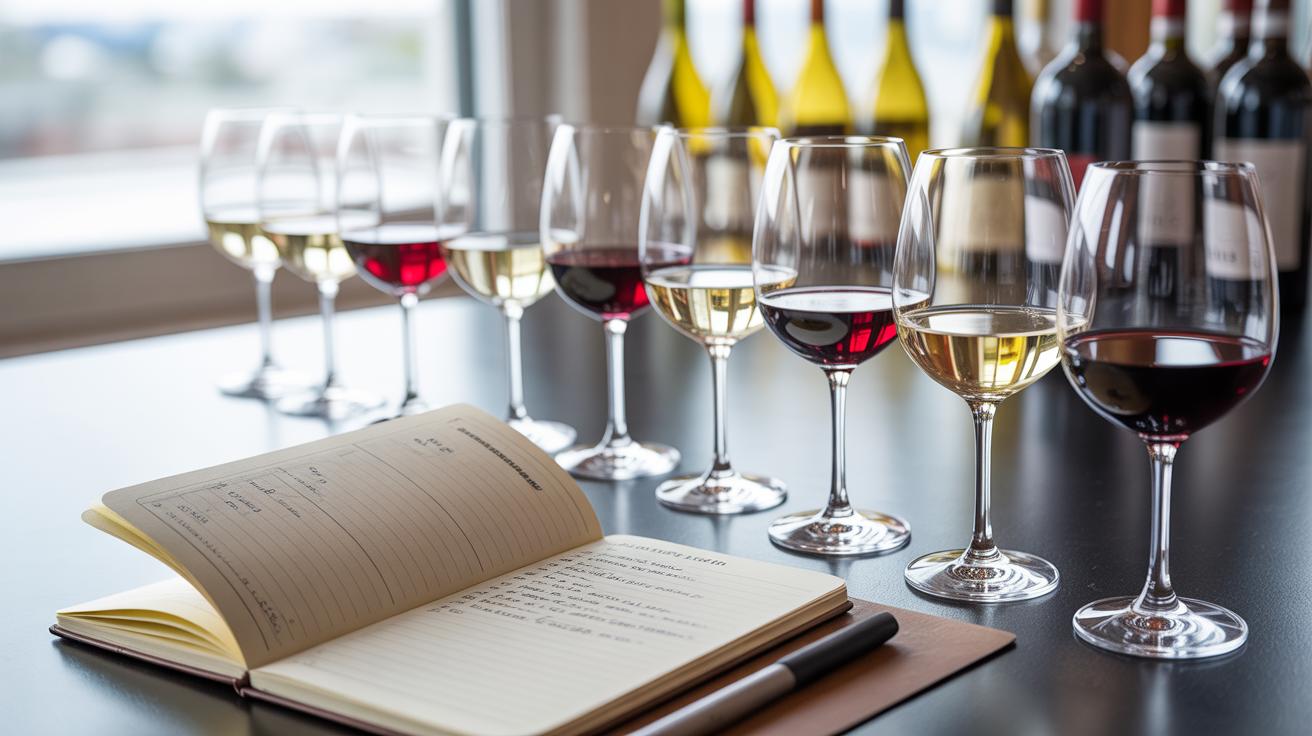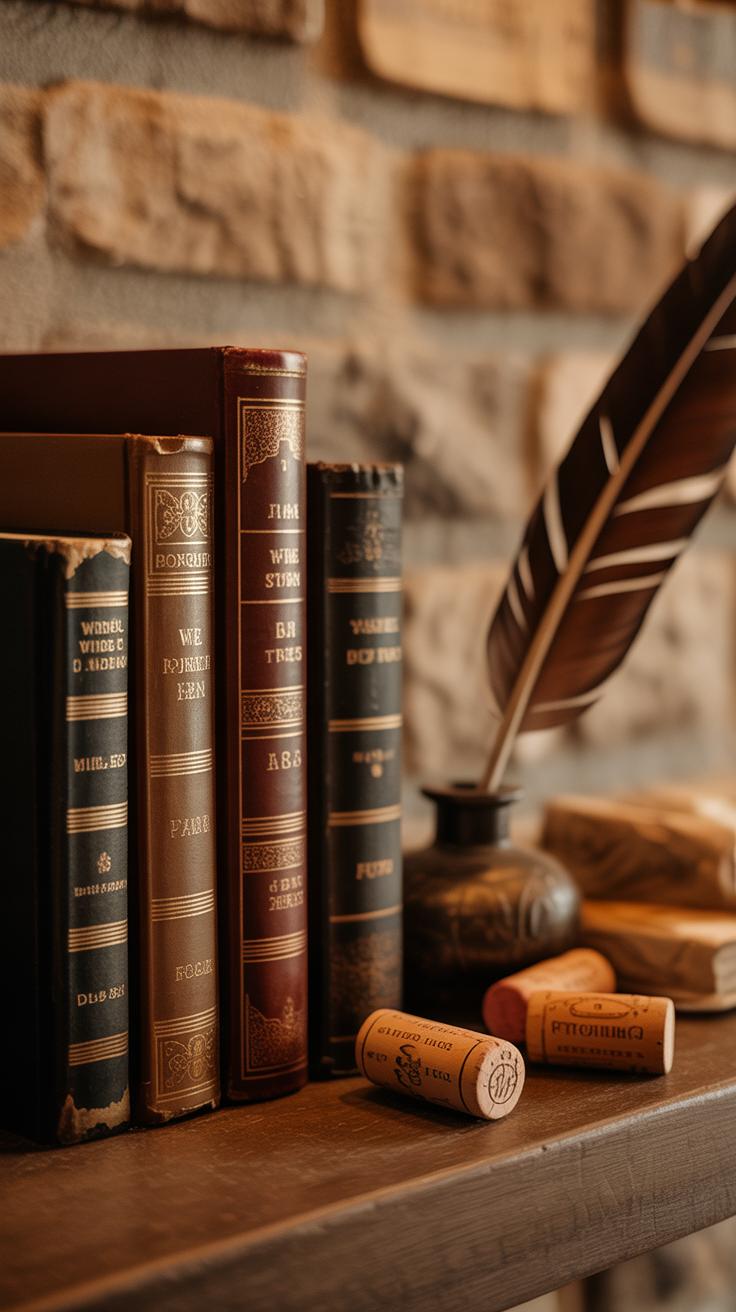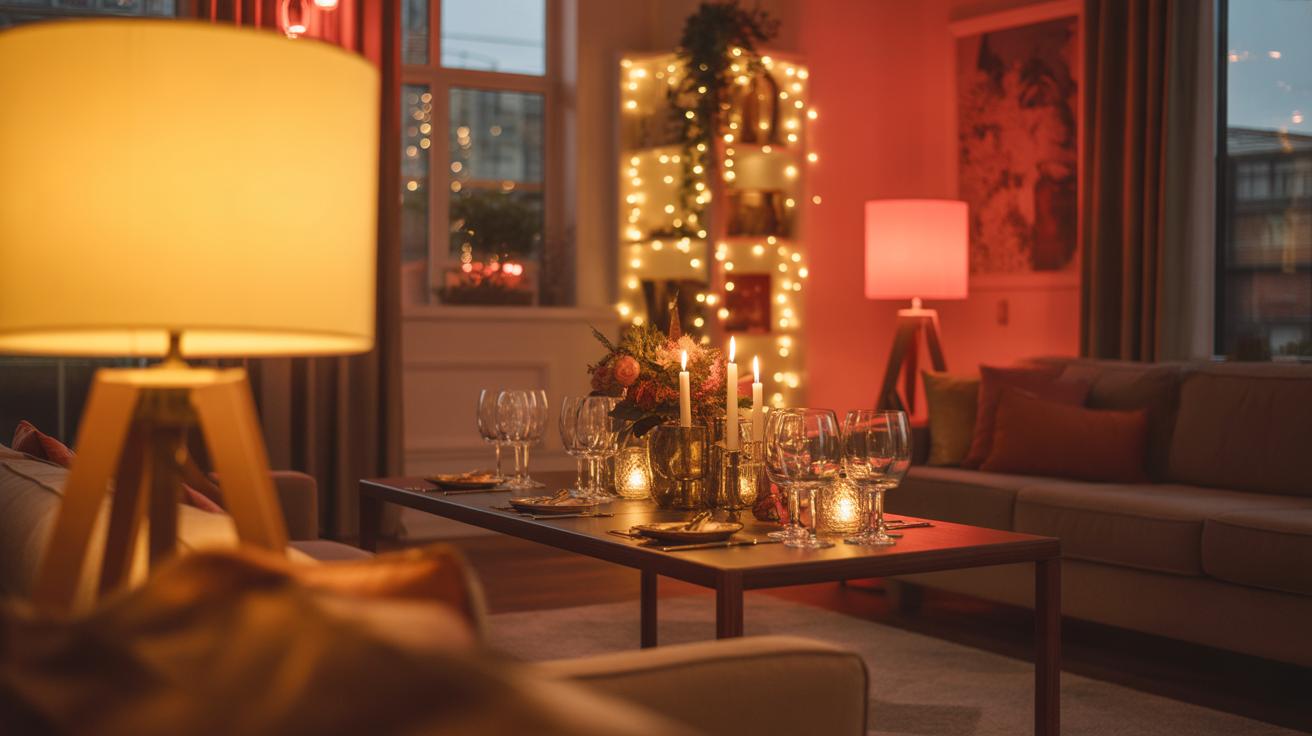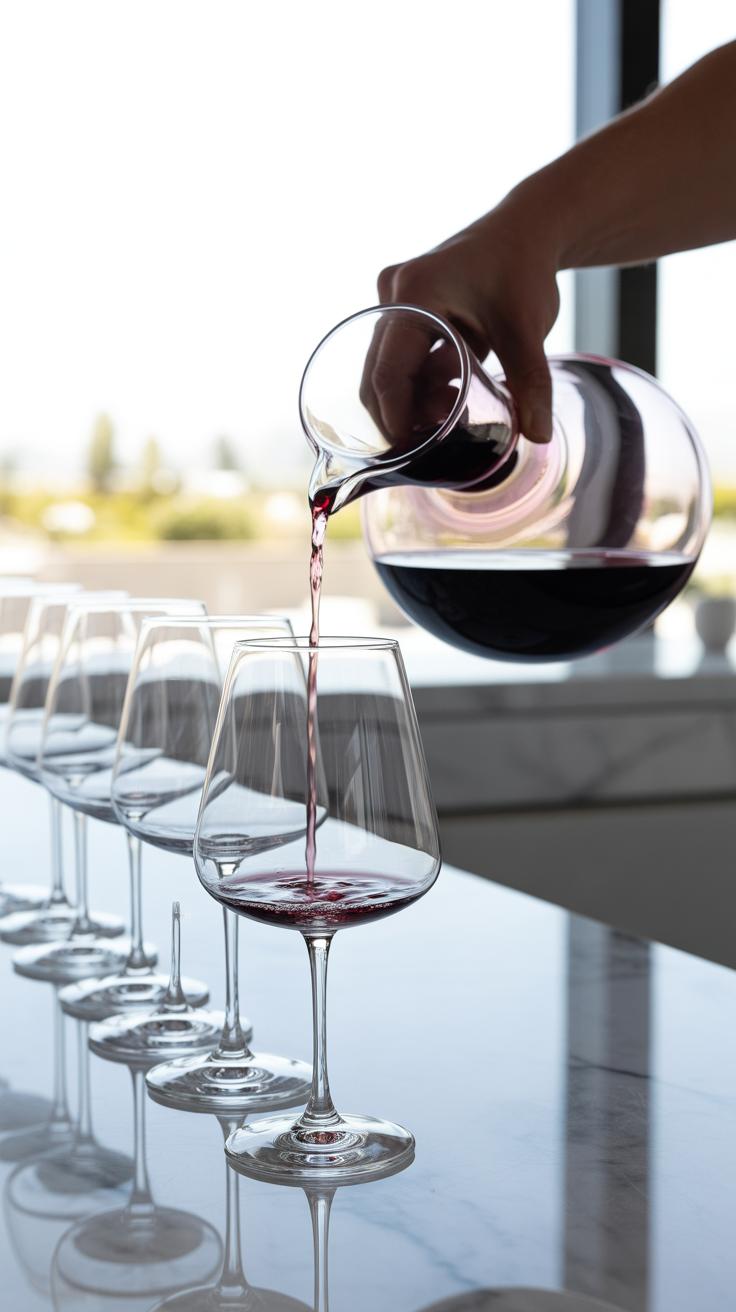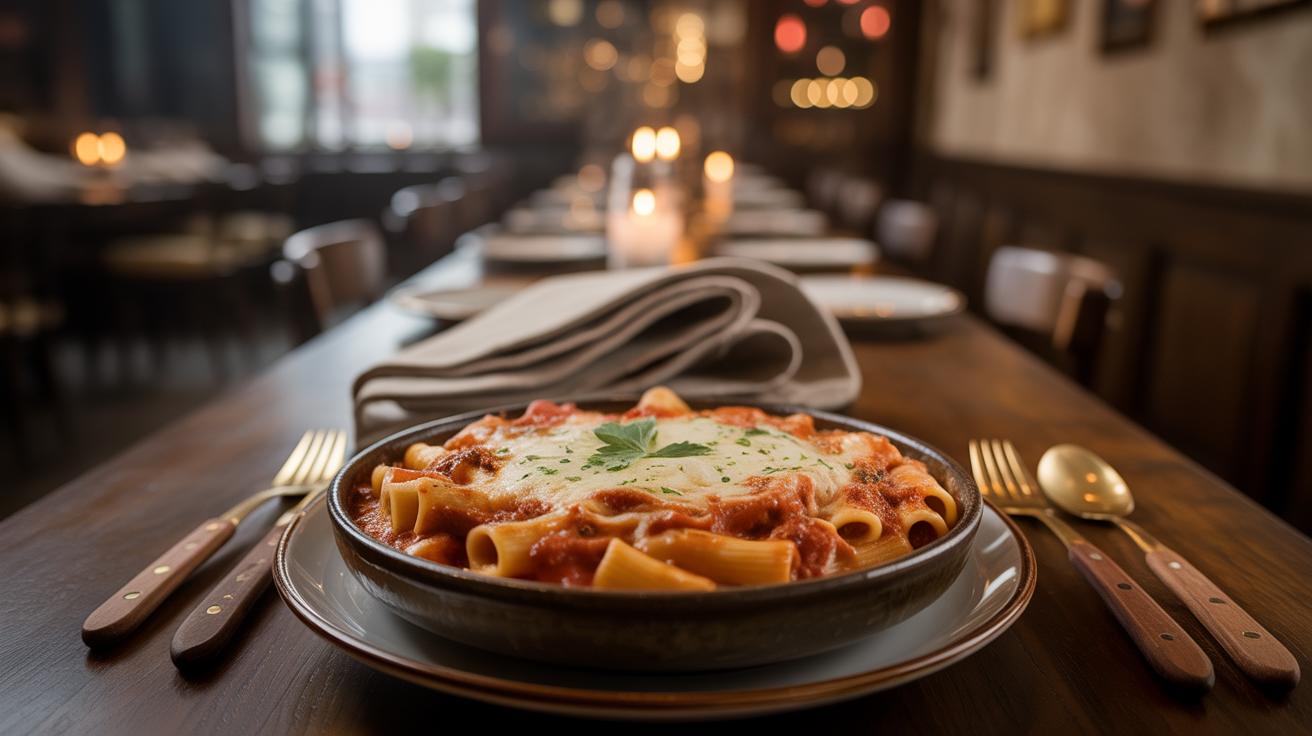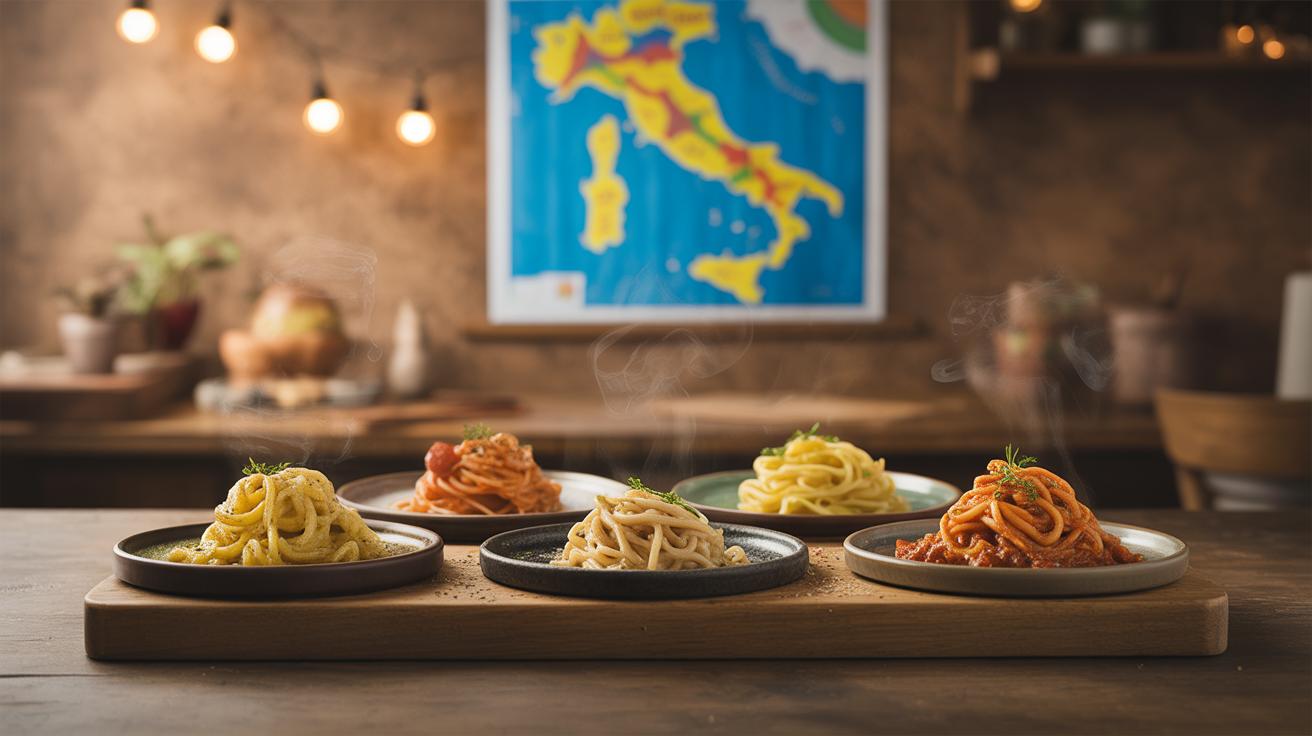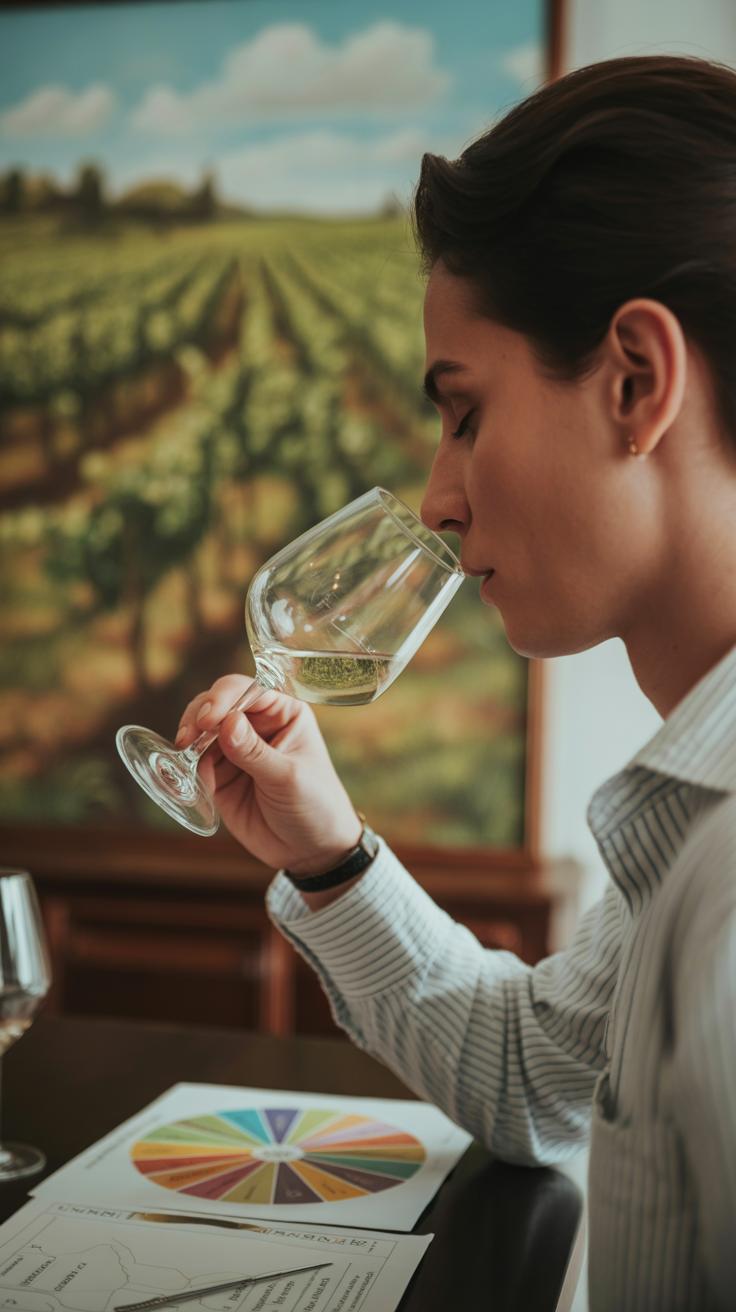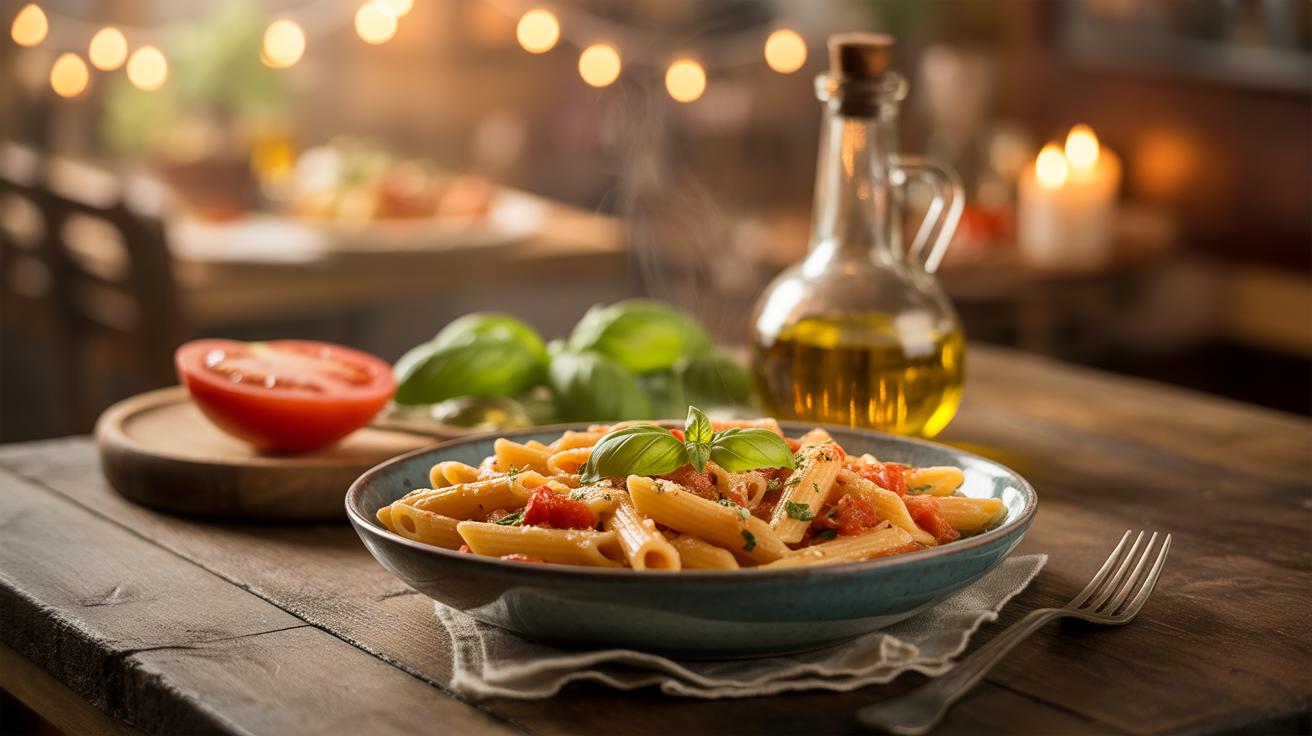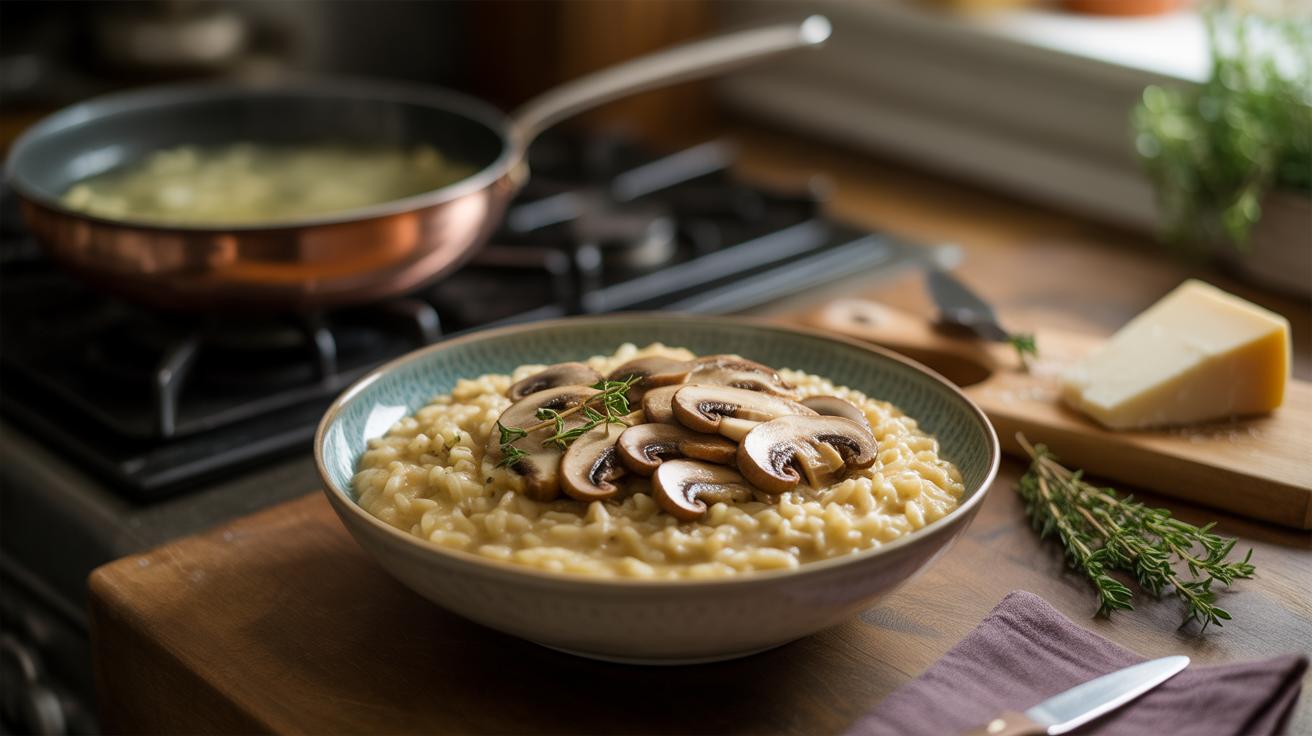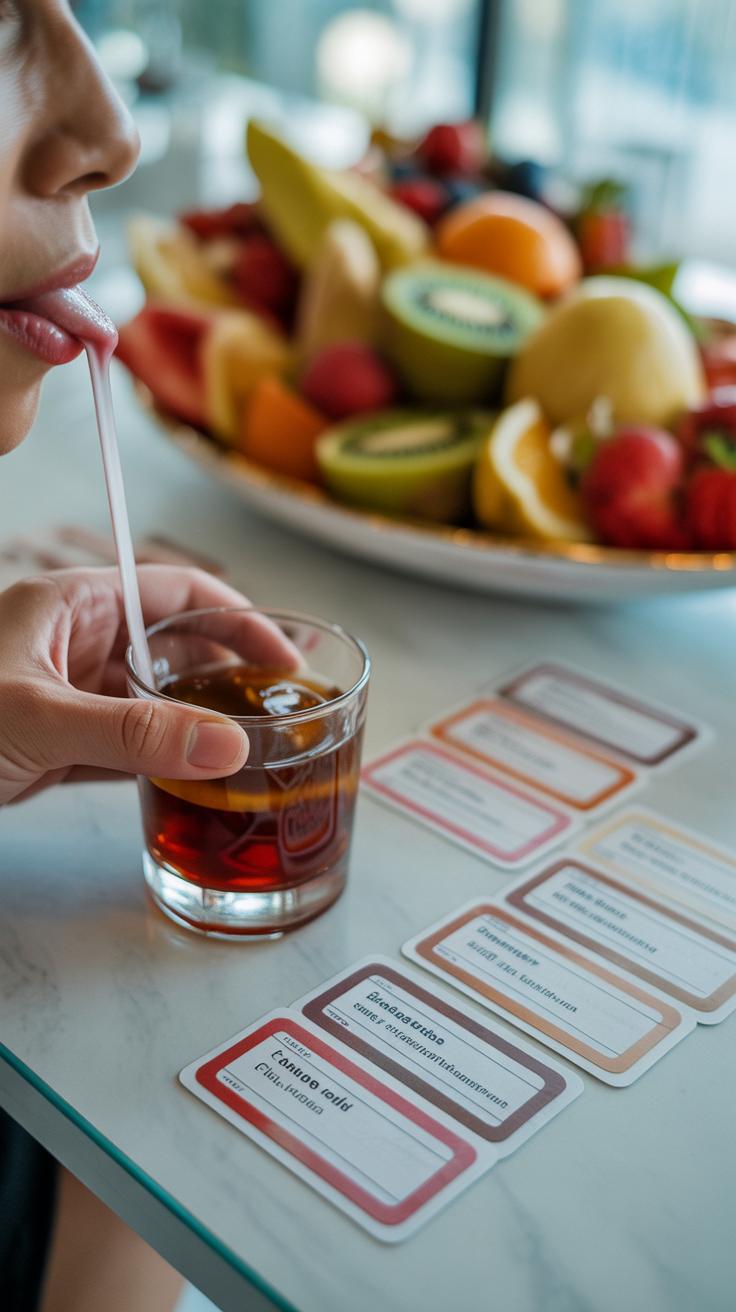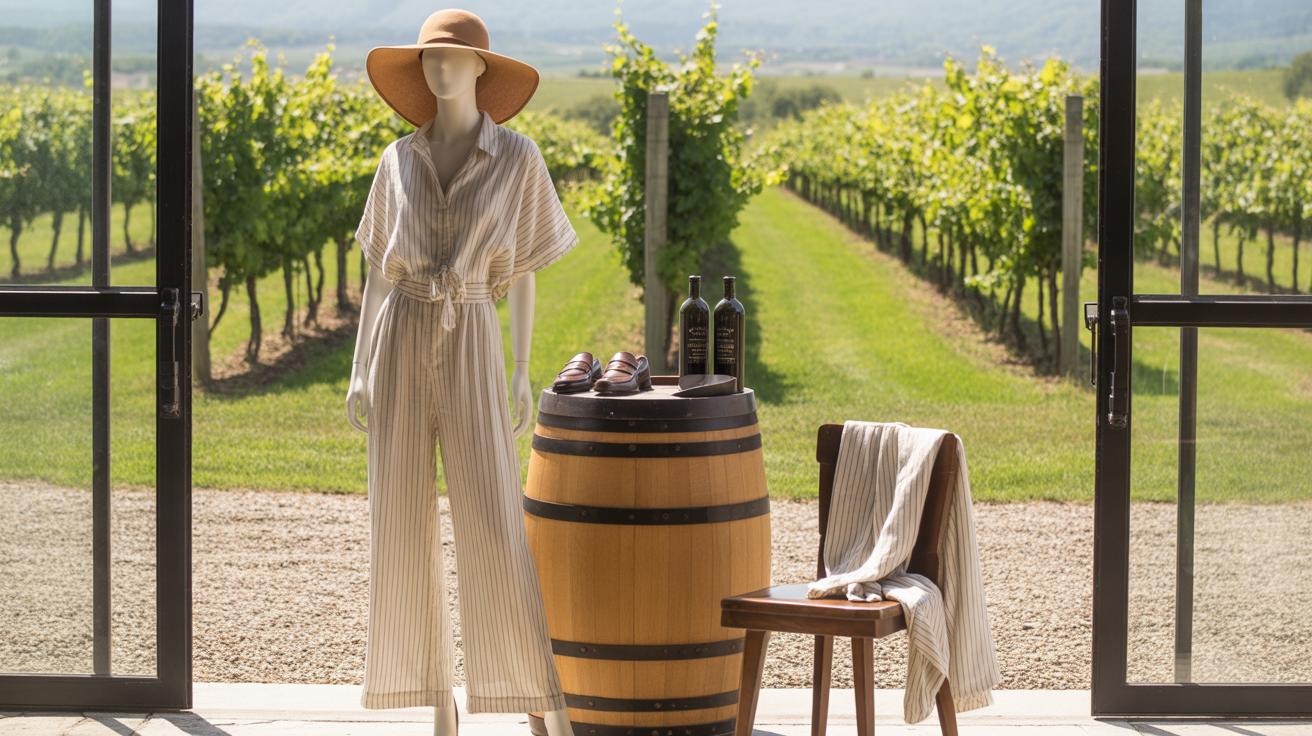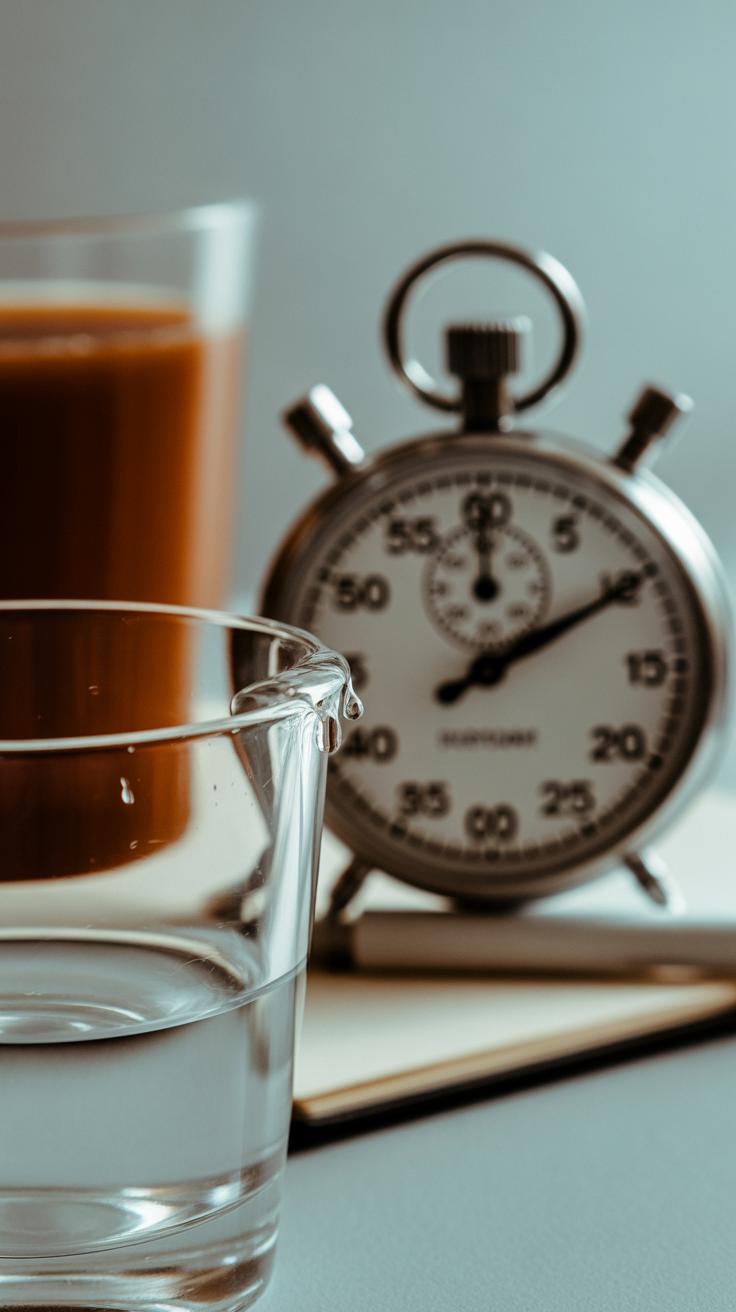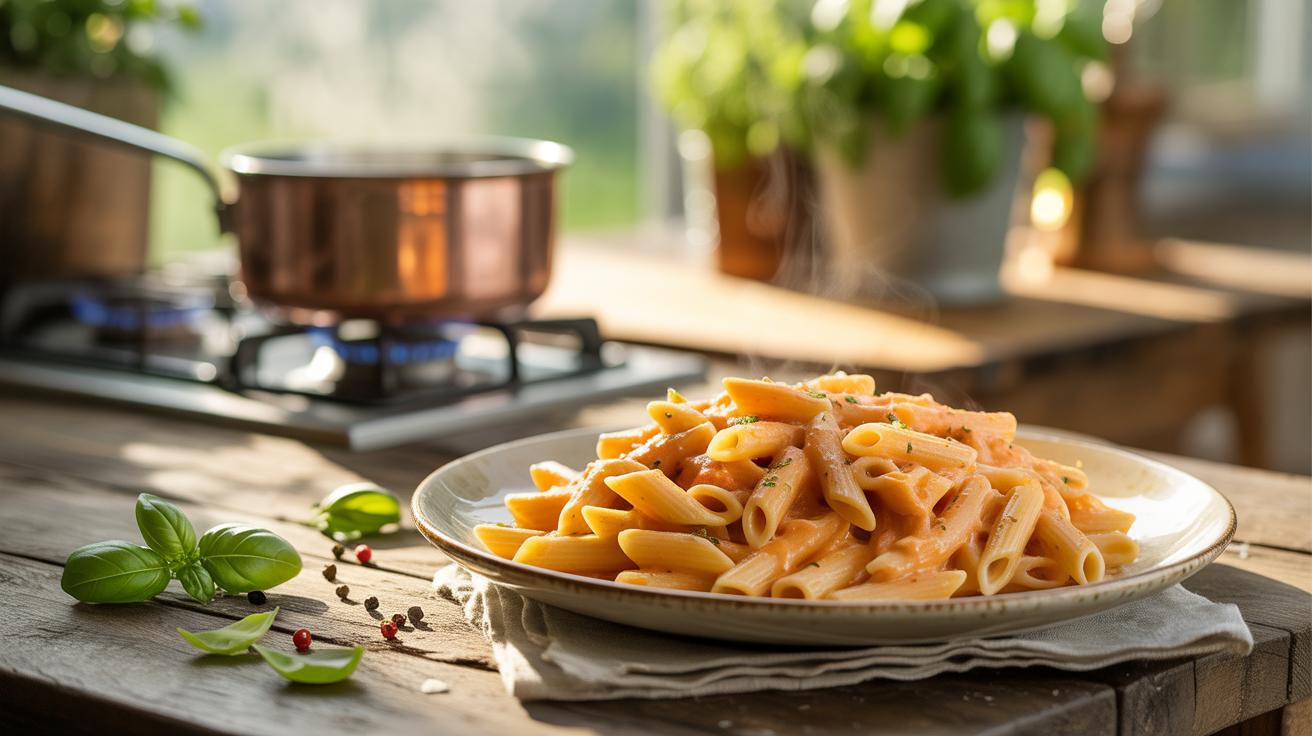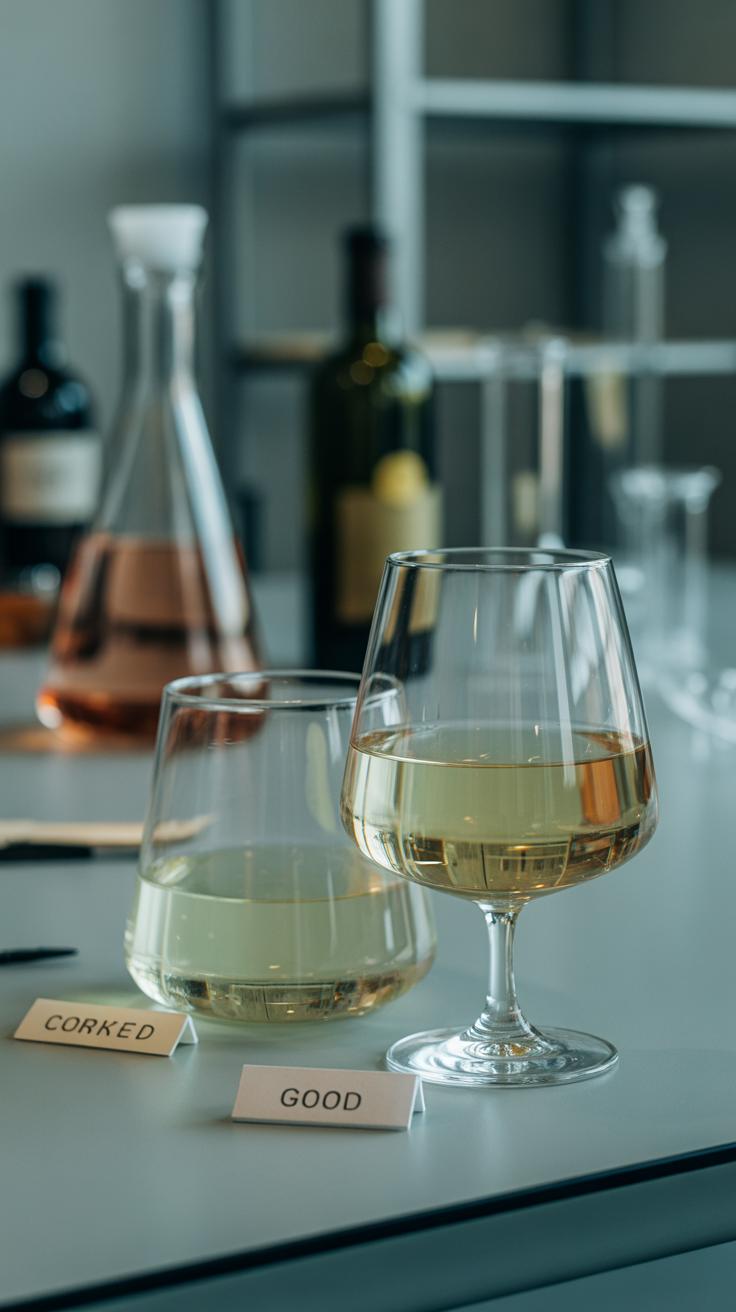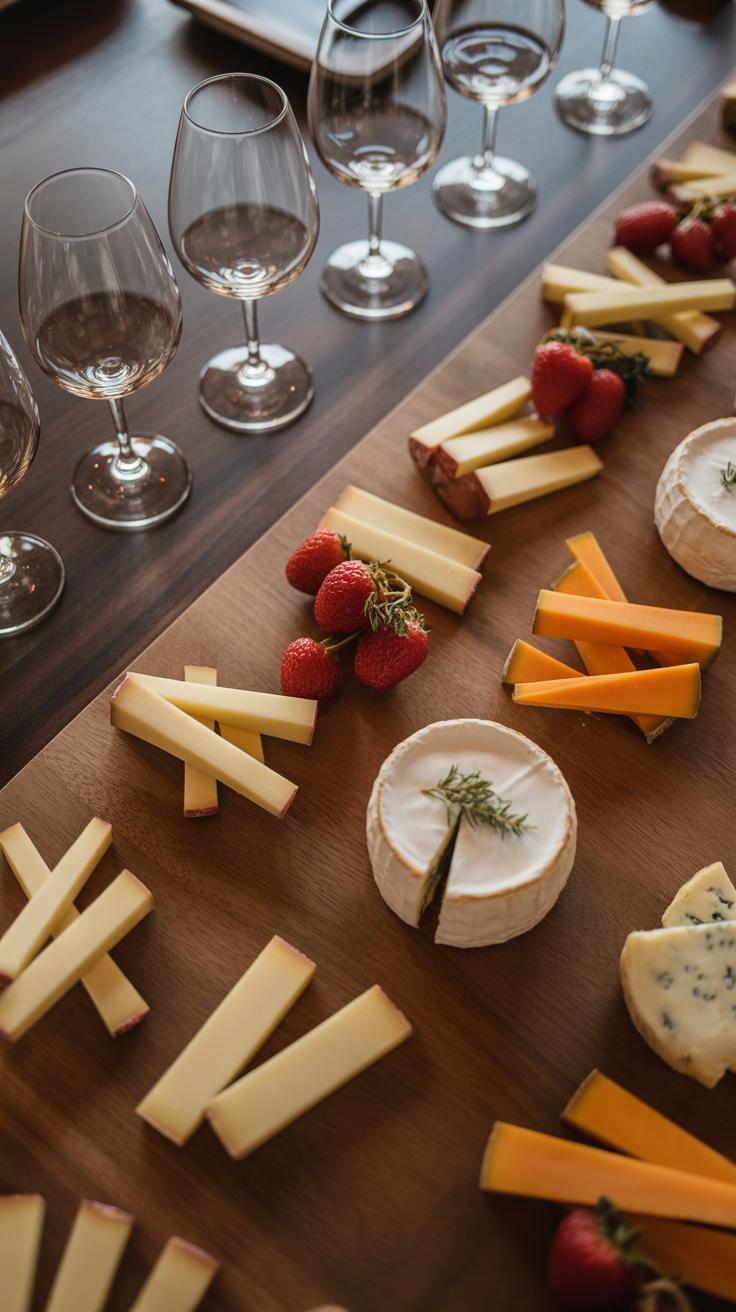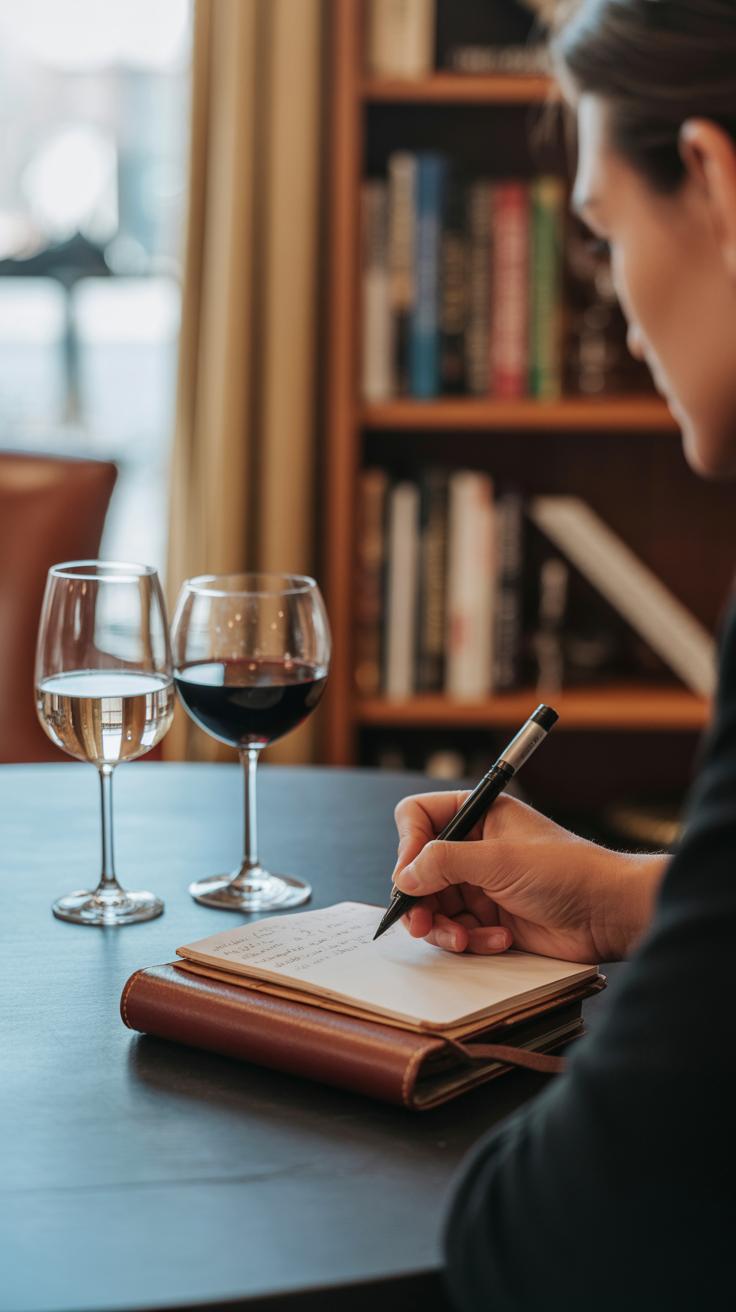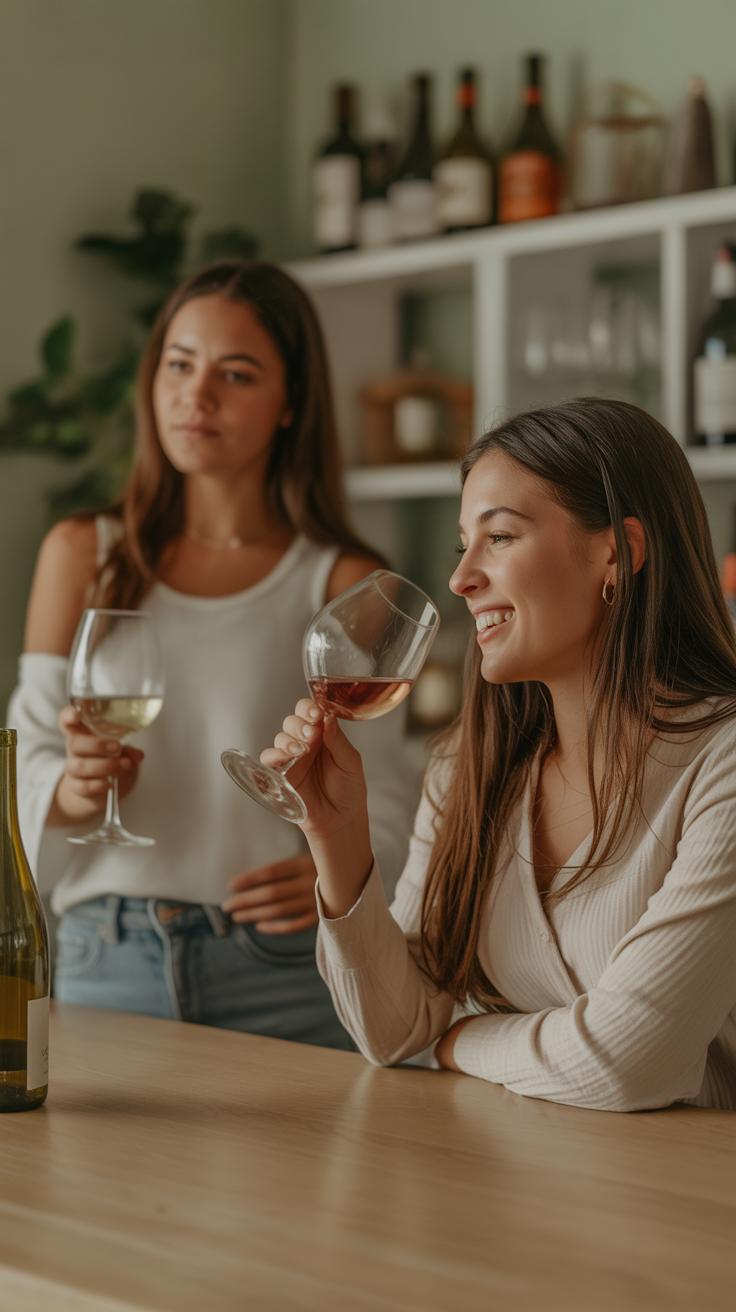Introduction
Welcome to your ultimate guide to wine tasting. This guide is designed especially for beginners who want to learn how to enjoy wine from the comfort of their own home. Whether you have just started exploring wines or want to bring more enjoyment to your current tasting sessions, this guide will simplify the process for you.
You will learn essential skills such as identifying wine aromas, recognizing flavors, and using proper tasting techniques. Each chapter builds carefully on the last so you can follow a clear path to becoming confident in your wine tasting. Let’s begin your wine tasting journey today with simple steps and useful tips.
History and Basics of Wine Tasting
Where Wine Tasting Comes From
Wine tasting goes back thousands of years—way before it became a fancy hobby or formal skill. Ancient civilizations like the Egyptians, Greeks, and Romans didn’t just drink wine; they paid attention to its qualities. They recorded different vintages, vineyards, and sometimes even how the wine affected them.
The Greeks started to think more carefully about flavors and aromas. The Romans took it further, creating methods to judge wine quality and store it properly. Wine tasting grew from practical needs—was this batch good to drink? Could it be improved?—to a more refined experience.
Later, in medieval Europe, monasteries kept wine traditions alive, turning tasting into a kind of science for monks who managed vineyards. Over centuries, tasting became both an art and a tool to spot what grapes or techniques produced better wine.
Understanding the Four Steps
When you taste wine, you’re actually going through a simple but structured process. Think of it as four key stages you can focus on:
- Appearance: How does the wine look? Color, clarity, and viscosity tell you about its age, grape type, or even winemaking style. Sometimes swirl the glass—notice the “legs” or streaks that form?
- Aroma: Sniff the wine carefully. What scents do you pick up? Fruity, floral, earthy, or maybe spicy? This part is crucial because smell dominates taste more than we realize.
- Taste: Take a small sip and let it spread across your tongue. What flavors hit you first? Is it sweet, sour, bitter, or umami? Also, note the balance and complexity.
- Finish: This is often overlooked but key. How long do the flavors linger after swallowing? A short or flat finish might mean a less interesting wine, but sometimes simple can be pleasant too.
These steps might sound clinical, but really, they help you slow down and notice what’s happening in each glass. It’s puzzling at first; your brain might resist making sense of all these impressions together. Give yourself time. With practice, you’ll get better at catching subtle differences you never thought mattered before.
Preparing for a Wine Tasting at Home
Setting up a wine tasting at home is simpler than you might think, but a bit of preparation makes the experience smoother and more enjoyable. Start by picking a quiet space with good lighting—natural light works best whenever possible. Avoid strong smells around; perfume, cooking aromas, even scented candles can skew what you perceive from the wine.
Gathering the right tools next will help keep things organized and professional-ish, without the need for fancy equipment. You might find yourself surprised how a few simple items can upgrade your tasting game.
Gathering Your Wine Tasting Tools
First on the list is a proper glass. Not just any glass works here. A tulip-shaped wine glass does a better job focusing the aromas, which you’ll want to fully experience. If you’re tasting several wines, get one glass per wine, or at least have a good rinsing routine.
Then, spittoons or small containers for spitting out wine—yes, that’s a thing—come in handy if you want to taste many wines without getting tipsy. If that sounds excessive, well, maybe you’ll just swallow.
Note-taking is often overlooked, but having a notebook or printed tasting sheets helps track what you like or find puzzling. Writing down descriptors, your impressions, or even questions makes each sip more meaningful, and you’ll see patterns emerge over time.
Choosing Your Wines
Picking wines for your tasting doesn’t mean you have to jump right into obscure or fancy bottles. Start simple and varied. Choose a mix of red, white, and perhaps a rosé, or even a sparkling wine if you’re curious.
- Look for well-known, approachable varieties like Pinot Noir, Merlot, or Sauvignon Blanc.
- Include wines with different sweetness levels, from dry to off-dry, so you can notice how sugar influences taste.
- If you want to explore regions, pick two wines of the same grape but from different places to compare styles.
Don’t hesitate to ask your local wine shop for beginner-friendly suggestions. Sometimes, cheaper wines can be just as revealing for training your palate. Remember, this is about learning, not impressing anyone.
How to Observe the Wines Appearance
Look closely at your wine before lifting it to your nose or lips. This is the first step, and it says more than you might guess.
Color and clarity matter. They provide clues about the wine’s age, grape variety, and even the region. For example, a young white wine often shines pale straw or greenish hues. Older whites turn deeper gold or amber. Reds do the opposite: they lose intensity, moving from bright purple-reds to brick or tawny browns with age. But don’t rely solely on color; exceptions always exist, and vintage can throw a curveball.
When examining clarity, tilt your glass slightly. You want to see if the wine is clear or cloudy. Cloudiness might indicate sediment in an older bottle or a fault. But sometimes, natural or organic wines purposefully have a haze—so that’s okay too.
Color and Clarity Guide
Think about what you’re really seeing. A deep ruby red often means a fuller-bodied wine, while lighter reds like Pinot Noir tend to have a translucent ruby glow. Whites vary from pale lemon to golden hues, each shade hinting at the fermentation or aging method. For example:
- Pale yellow usually points to young, crisp whites.
- Deep gold means either some age or oak aging.
- Cloudy or hazy may mean unfiltered or natural wine.
Notice any greenish hints? That’s sometimes present in very young wines but can fade rapidly.
Swirling to See Legs
Swirling isn’t just for show. It helps oxygenate the wine, revealing its character better. When you gently rotate the glass, watch the wine’s legs—or tears—as they slide down the sides. They’re the streaks left behind by the wine, and they tell you about sugar and alcohol content.
Here’s what you can look for:
- Slow, thick legs often mean higher alcohol or sweetness.
- Fast, thin legs suggest lighter wine.
Though legs don’t reveal flavor directly, observing them feels surprisingly informative. Next time, try swirling your glass and take a few seconds to really watch. You might notice things you missed before—and maybe it’ll make you appreciate the wine just a bit more.
Exploring Wine Aromas
Smelling wine is more than just a simple sniff—it opens a whole world of scents that tell you a lot about what’s in your glass. When you bring the glass to your nose, try to notice different layers of aroma. These fall into three main groups: primary, secondary, and tertiary. Each reveals something unique about the wine’s journey from grape to bottle.
Primary Aromas From Grapes
Primary aromas come directly from the grape variety itself, the most basic scents you’ll detect. For example, if you’re tasting a Sauvignon Blanc, you might pick up fresh citrus or green apple. Reds like Cabernet Sauvignon often carry dark fruit smells like blackcurrant or plum.
These aromas tend to be straightforward but can vary depending on ripeness and vineyard conditions. So, sometimes you may catch a hint of bell pepper or even herbal notes. It’s a good place to start because these give you clues about the grape and region.
Secondary and Tertiary Aromas
Secondary aromas develop during fermentation. Think of yeast, bread dough, or even a bit of butter. These come from winemaking techniques like malolactic fermentation or oak contact. You might smell vanilla, toast, or a mild creaminess, especially in wines aged in barrels.
Then come tertiary aromas, which take shape as the wine matures in the bottle or barrel over time. These are deeper, more complex scents like leather, tobacco, mushrooms, or dried fruit. They’re less obvious but add richness and character.
Try to sniff the wine at different moments—fresh from the bottle and after some breathing time. You’ll notice how aromas shift, sometimes revealing hidden layers. It’s almost like unfolding a story, each sniff a new chapter.
What do your senses pick up first? Maybe a hint of cherry or some earthy undertones? Experiment with different wines and see how your perception changes. It’s a subtle skill but one that grows with practice, I think.
Tasting and Identifying Wine Flavors
Tasting wine is a bit different from smelling it. When you smell, you’re trying to pick up aromas in the nose, like fruits, spices, or earthiness. When tasting, your mouth does more than detect smells—it also senses texture, temperature, and other physical qualities. You’ll want to let the wine sit on your tongue for a moment, moving it around so all parts of your palate get involved.
Taking the first sip isn’t just about swallowing quickly. Instead, take a small mouthful and hold it gently. Pay attention to how the wine feels—does it feel light or heavy? Smooth or rough? Your focus should be on initial flavors but also the feeling it leaves behind, almost like the wine is telling its story.
To recognize basic tastes, start with these key points:
- Sweetness: Can range from a dry hint to overt sugar. If the wine leaves a syrupy or fruity impression, sweetness is at play.
- Acidity: Often creates a refreshing sharpness or crispness. Think of the feeling that makes your mouth water, like biting into a green apple.
- Tannins: These are the compounds giving a drying, sometimes puckering sensation—more common in reds. If your mouth feels astringent or slightly rough, tannins are there.
It’s not always simple to separate what you’re tasting from what you’ve smelled moments earlier. Sometimes, flavors emerge as a blend of smell and taste. After trying this a few times, you may surprise yourself by naming flavors you hadn’t noticed before—perhaps a hint of vanilla or a touch of leather. It’s a learning curve and, honestly, a bit subjective too.
Evaluating the Finish and Aftertaste
What is the Wine’s Finish?
The finish is what lingers on your palate after you’ve swallowed or spit out the wine. It’s the final impression the wine leaves behind, and some say it can reveal as much as the first taste. You could think of it as the wine’s closing statement, though I find that comparison a bit limiting—because sometimes, what comes after the initial flavor can be surprisingly complex or, well, dull. The length of the finish often indicates quality; a long, pleasant finish is generally a sign of a well-made wine, but not always. Some simple, straightforward wines can still have satisfying finishes.
Why focus on the finish? Because it tells you how the wine’s flavors evolve and settle—or don’t. A quick, fleeting finish might mean the wine is lighter or less complex, while a finish that stretches out shows depth and balance. So, paying attention here helps you judge if the wine stays enjoyable beyond that first sip, which can really heighten your overall experience.
How to Assess Aftertaste
When it comes to judging aftertaste, don’t rush it. Let the wine gently fade and try to notice what hangs around—fruit, acidity, tannins, maybe a hint of spice? Sometimes those flavors shift from what you initially tasted, which can be fascinating or confusing. I find it helpful to think about a few things while the aftertaste unfolds:
- Length: Does the flavor disappear quickly, or does it stick around? Some recommend timing it—short finishes are under five seconds; medium lasts up to 15.
- Quality: Are the flavors pleasant or harsh? For instance, a bitter or metallic aftertaste might be off-putting.
- Evolution: Does the aftertaste reveal new notes or amplify earlier ones? This can add layers to your enjoyment.
You might notice that with some wines, your perception of the finish varies depending on how hungry or distracted you are. That’s normal. Try to taste when focused and relaxed. And don’t hesitate to go back and sip again to compare finishes. The aftertaste is like a quiet encore—it might just sway how much you enjoy the wine overall.
Common Wine Faults and How to Spot Them
Tasting wine can be a joyful experience, but sometimes things don’t quite sit right. You might catch a smell or taste that feels off, and that’s perfectly normal. Learning to recognize these signs helps you avoid unpleasant surprises—and believe me, many beginners get tripped up by wine faults before they get the hang of it.
Recognizing Off Smells
Some aromas almost scream that something isn’t right. For example:
- Cork taint smells like damp cardboard or wet dog—sometimes subtle, sometimes hard to ignore.
- Oxidation gives off a stale or sherry-like scent, like the wine spent too long exposed to air.
- Sulfur faults can create rotten egg or burnt matchstick smells.
- Volatile acidity often smells vinegary or like nail polish remover.
- Maderization smells cooked or like baked apples, usually from heat damage.
Don’t rush to judge a wine just because it smells unusual—some aromas might be tricky or even change with aeration. But if you notice these persistent off smells, that’s a red flag.
What to Do if You Detect a Fault
So you’ve sniffed your wine and thought, “Wait, that’s weird.” What next? First, don’t panic or toss the bottle immediately. Sometimes, a little airing out by swirling or letting the wine breathe fixes mild faults. That said, if the wine still tastes unpleasant or sharp—it’s okay to set it aside.
If you’re at home, consider whether the fault might come from storage—maybe the bottle suffered heat or poor sealing. If you bought the wine recently, reaching out to the seller or producer can help resolve the issue or get a replacement. And if you’re sharing the tasting, it’s fine to politely explain that something seems off. After all, spotting these faults is part of learning.
Trust your senses. If you feel the wine isn’t right, it probably isn’t. But keep experimenting and tasting. Over time, your palate will grow sharper, making faults easier to detect and handle gracefully.
Pairing Wine with Food During Tasting
When tasting wine, pairing it with food can open up new dimensions in flavor—sometimes subtle, sometimes surprising. But pairing doesn’t have to be intimidating or overly complicated. Some simple ideas can guide you through the process and help you enjoy your wine more fully.
Basic Rules of Food and Wine Pairing
Start with a few basic principles that tend to work well:
- Match intensity: Light wines generally go better with lighter foods; think white wine with chicken or salad. Heavier reds can stand up to rich meats and robust dishes.
- Consider acidity: Acidic wines can cut through fat and balance creamy sauces or fried foods. For example, a crisp Sauvignon Blanc often pairs well with goat cheese or seafood.
- Think about sweetness: Sweet wines often complement spicy dishes. An off-dry Riesling can make spicy Asian food less overwhelming.
- Pay attention to tannins: Tannic reds usually tame the fattiness in red meat but might clash with delicate flavors like fish or light poultry.
While these rules work as a starting point, they’re not absolute. Sometimes, something unexpected delights your palate, and that’s part of the fun.
Experimenting with Your Own Pairings
You don’t have to stick strictly to “rules.” Actually, I found some of my favorite pairings by trial and error—really random combos, like a mineral-heavy Chardonnay with salty nuts or a spicy Zinfandel with barbecue ribs.
Try tasting your wine with different bites from your kitchen. Think about contrasting textures and flavors—soft cheese vs. crunchy crackers, sweet fruit vs. sharp cheese. Notice what excites your taste buds or feels dull. It’s about your experience, not some fixed ideal.
Ask yourself: Which flavors linger? Which pairings make the wine shine or hide its best qualities? These small experiments can deepen your appreciation and even change what you reach for at your next bottle.
Keeping a Wine Tasting Journal
Keeping a wine tasting journal might feel a bit old-fashioned, but it really helps, especially when you’re starting out. Writing things down forces you to slow down and think about what you’re actually tasting, instead of just going through the motions. It’s not just about remembering the wines you liked—though that’s a bonus—but about tracking your preferences and learning what flavors stand out to you over time.
What exactly should you jot down? Try to capture the wine’s name and vintage right away. Note the appearance—color, clarity—as this often hints at age and type. Then, write about aromas: are they fruity, floral, earthy? Next, the taste: acidity, sweetness, tannins, flavors. Don’t forget to rate it, even if it’s just a simple scale from 1 to 10. Also, a little context—where you bought it, if it was paired with food—can matter later.
Going back over your notes can surprise you. You’ll notice patterns or realize you once missed a subtle note you now detect easily. It helps sharpen your memory, making tasting less about guesswork and more about recognition. At times it can be frustrating to decipher your own shorthand or vague descriptions, but that’s part of learning to pay closer attention. Your journal becomes a personal map of your evolving palate. Give it a try—you might find yourself looking forward to writing just as much as sipping.
Building Your Wine Tasting Confidence
Tasting wine is a skill, but more than that, it’s a personal journey. You don’t need to be perfect or get every aroma spot on. Honestly, the only way to get better is by doing it—again and again. Each sip teaches you something new, even if it’s just realizing that a particular wine isn’t your favorite. That’s still progress.
Trusting your own taste is crucial. You might find that a simple, fruity wine appeals to you more than a complex, earthy one. That’s okay. Wine appreciation isn’t about following rules; it’s about knowing what you like. So, if you enjoy something, hold onto that thought. It might surprise you how often your preferences evolve with a little practice, but your gut feelings are a solid place to start.
Connecting with others can also boost your confidence. If tasting alone feels a bit daunting, try joining a tasting group or a virtual event. Sharing impressions sparks new ideas and can introduce you to wines you might never try otherwise. Plus, hearing others’ views reminds you that everyone’s palate is different. You don’t have to agree with the crowd, just listen and learn.
Conclusions
By following the chapters in this guide, you will have a solid understanding of how to taste wine properly at home. You will know how to observe the color, smell the aromas, taste the flavors, assess the finish, and judge the quality of a wine. These skills will help you appreciate every glass more fully and enjoy sharing wine experiences with friends.
Remember, wine tasting is personal and fun. Use your senses, ask questions, and most importantly, trust your own preferences. With practice, your ability to notice fine details will improve and your enjoyment will grow. Keep exploring new wines and refining your taste for years to come.

